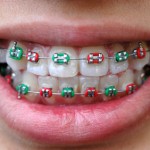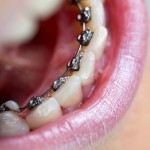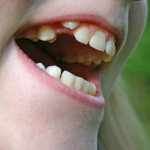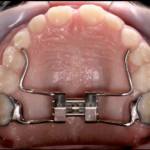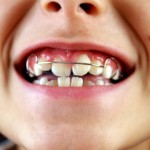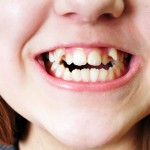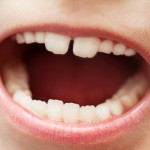
This review aiming to provide information about the association between a superior labial frenum and maxillary midline diastema included 11 cross-sectional studies. The findings suggest that papillary and papillary penetrating frenum may be associated with maxillary midline diastema but the evidence is limited.
[read the full story...]